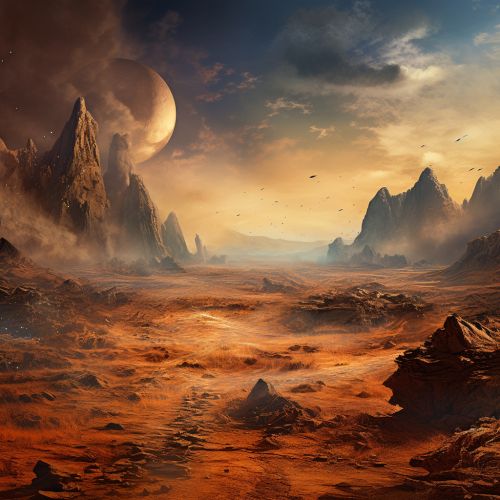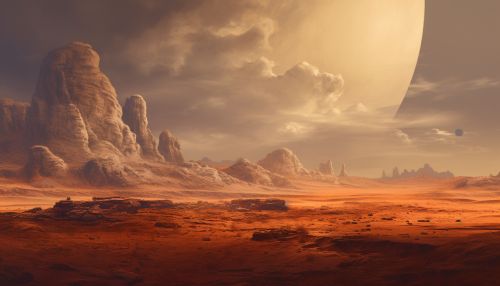Geology
Introduction
Geology is the scientific study of the Earth, the materials of which it is made, the structure of those materials, and the processes acting upon them. It includes the study of organisms that have inhabited our planet. An important part of geology is the study of how Earth’s materials, structures, processes and organisms have changed over time.
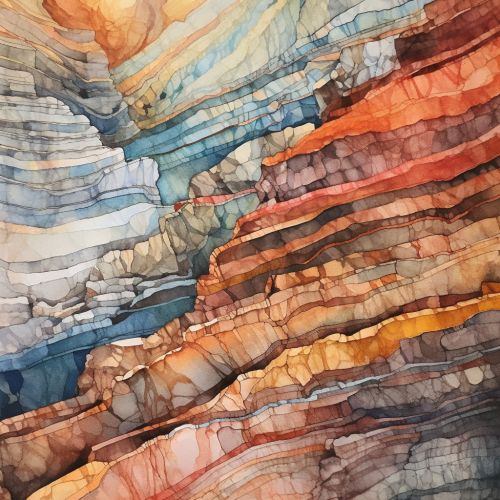
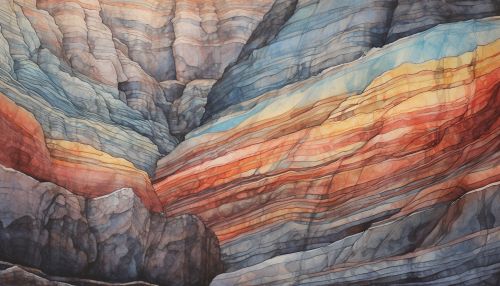
Earth's Structure
The Earth is composed of several layers, each with its own unique properties. The outermost layer, the lithosphere, is a rigid shell that includes the crust and the uppermost part of the mantle. Beneath the lithosphere is the asthenosphere, a layer of the mantle that behaves plastically and flows slowly. The lithosphere is broken up into tectonic plates that move on the asthenosphere.
Plate Tectonics
Plate tectonics is a theory that explains the large-scale motions of Earth's lithosphere. The theory encompasses the older concepts of continental drift and seafloor spreading. It is supported by a wide range of evidence that considers the Earth's physical and biological history, its landscape features, and the distribution of fauna, flora, and climate.
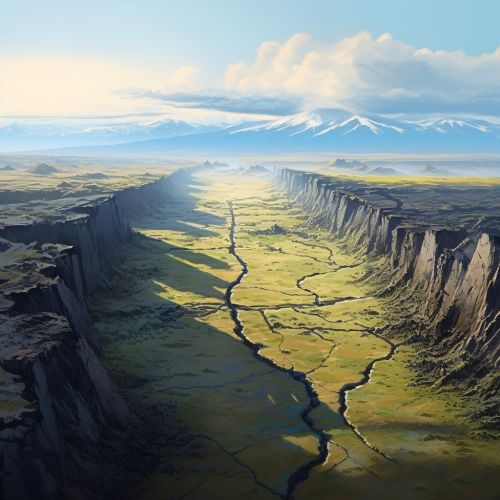
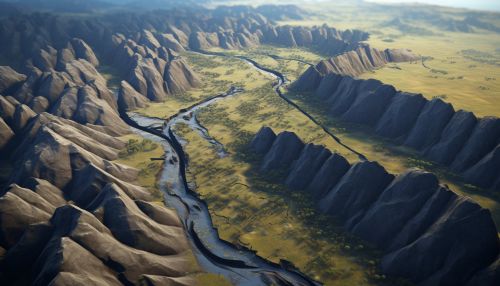
Rock Cycle
The rock cycle is a basic concept in geology that describes the time-consuming transitions through geologic time among the three main rock types: sedimentary, metamorphic, and igneous. As the diagram to the right illustrates, each of the types of rocks is altered or destroyed when it is forced out of its equilibrium conditions.
Geological Time Scale
The geological time scale is a system of chronological dating that relates geological strata to time. It is used by geologists, paleontologists, and other Earth scientists to describe the timing and relationships of events that have occurred during Earth's history.
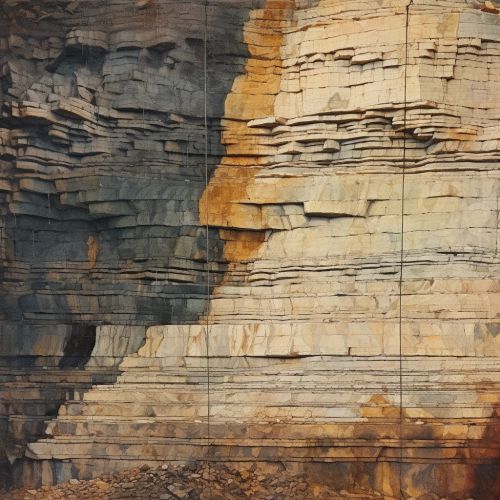
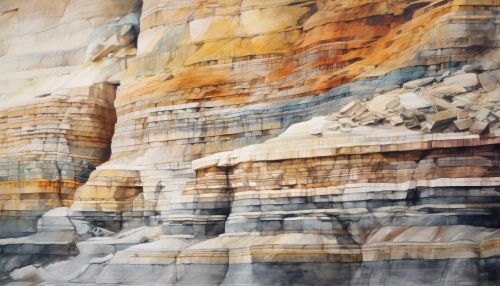
Geologic Processes
Geologic processes include the uplift of mountain ranges, the growth of volcanoes, isostatic changes in land surface elevation, and the formation of deep sea trenches. These are the fundamental processes that shape the landscape, and they are the primary subject of study in the field of geology.
Economic Geology
Economic geology is concerned with earth materials that can be used for economic and/or industrial purposes. These materials include precious and base metals, nonmetallic minerals, construction-grade stone, petroleum, natural gas, coal, and water.
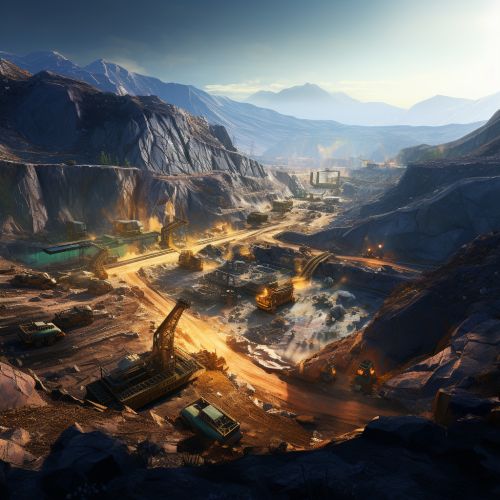
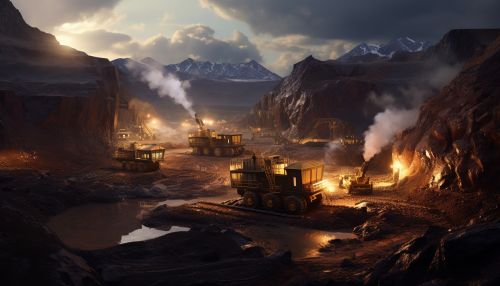
Environmental Geology
Environmental geology is an applied science concerned with the practical application of the principles of geology in the solving of environmental problems. It is a multidisciplinary field that is closely related to environmental science, soil science, and engineering geology.
Planetary Geology
Planetary geology, also known as astrogeology or exogeology, is a planetary science discipline concerned with the geology of the celestial bodies such as the planets and their moons, asteroids, comets, and meteorites.
